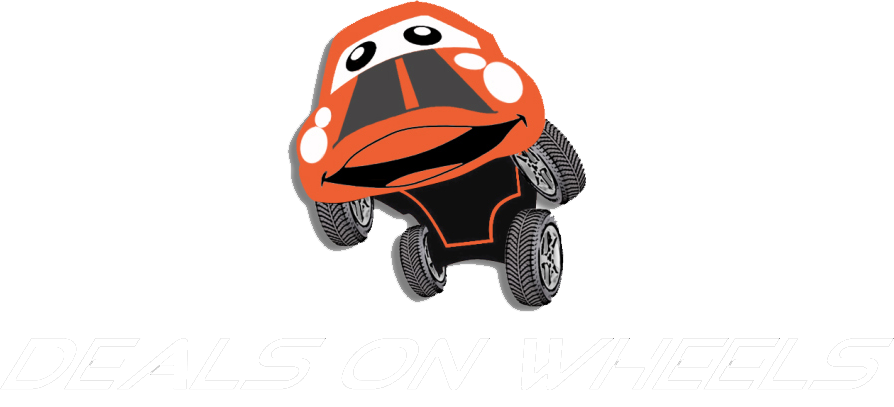A good set of tires can set you back hundreds of dollars and most people do their research these days to make certain that they get the most for their money. But what about after you get your new tires home? There are some awesome ways to make your tires last longer and perform better. If you can extend the life of your tires by even six months, then this can save you lots of cash over the life of a set of tires. Below are four easy things you can do to extend the life of your tires.
Tire Maintenance Tip One
Be sure to have your tires rotated every 6,000 miles. This will ensure that your tires wear evenly and it’s a good way to check regularly for any bulges or punctures. If you travel over rough terrain, then you can damage the sidewall or run over a screw without even realizing it. Sometimes we find out about the damage the hard way by having a blowout or flat at an inopportune moment.
Tire Maintenance Tip Two
Check your tire pressure at least once per month. The leading cause of tire wear is under-inflation. This can occur through a slow leak around the valve stem or if you’ve picked up a nail and simply aren’t aware of it yet. Sometimes you can visibly see that a tire is low and sometimes you can’t. Purchase an inexpensive tire pressure gauge and get in the habit of checking the air pressure each month.
Tire Maintenance Tip Three
Inspect your tires monthly. This only takes a few moments but it can prevent a dangerous blow out on a freeway. If you do a lot of driving, then chances are you’ll eventually run over a curb, screw, or other road debris that will damage your tires. The sooner you find out about this and get it repaired by a professional, the better. This can also prevent you from having a flat on a busy highway.
Tire Maintenance Tip Four
Maintain proper wheel alignment. Nothing causes uneven tire wear more than improper wheel alignment. It’s pretty easy to tell if your wheels are out of alignment. Find a little used road, then drive straight along it at about 35 miles an hour. Now take your hands off the wheel for just a moment or two. If your car begins to veer to the left or to the right, then you should have your wheels aligned. Other signs that you need your wheels aligned include tires squealing around a curve and noises when you turn the steering wheel.


